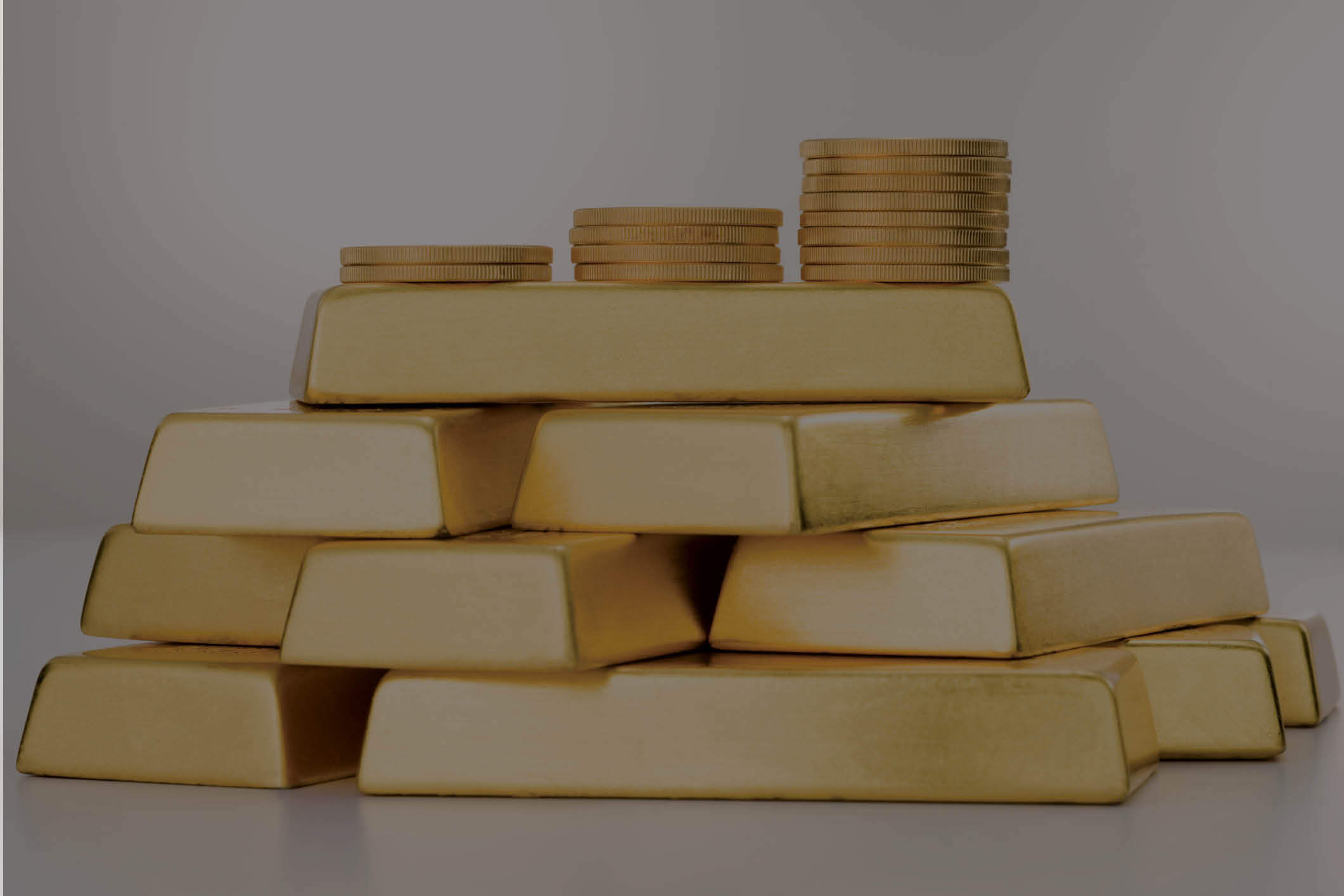o3 BLOG | Investing
How to Save for Retirement by Investing in Gold
Gold is the ultimate safe-haven asset, and as part of a diversified portfolio, gold can act as a hedge during financial uncertainty and inevitable economic pressures such as inflation. There are many gold investment options available, depending on your financial goals and available funds.
On the topic of financial goals, a common question that many younger investors ask is, “Is gold a good investment for retirement?”
Absolutely. As one of the most secure investments, gold holds its value and even increases over time — which is why it should be a part of every retirement plan, regardless of your current age.
If you already own gold or have gold investments, you likely have a good idea of the benefits investing in gold offers. But will gold still offer the same benefits when you reach your golden years? Whether you plan to travel the world or golf every day (or both!), you will need to secure a financial cushion to retire comfortably. Including gold in your retirement planning can help get you there.
Why Gold is the Best Investment for Retirement
Gold performs well in crisis: Any financial professional will tell you that the price of gold rises during economic and political uncertainty and is often stable when markets are low or turbulent. Many investors tout gold as an insurance policy that offers peace of mind knowing that accessing gold during your retirement is accessing wealth.
Gold is a hedge against inflation: As mentioned earlier, gold is the ultimate hedge against inflation — and no matter what happens with fiat currencies, the value of gold will remain constant.
Gold is a tangible asset: Gold bullion, such as gold bars or coins, is one of the best ways to hold onto and transfer wealth for the future. Physical gold has high liquidity and can be easily traded or sold in the market, unlike non-physical gold assets, such as stocks.
Gold has made significant gains and will continue on an upward trajectory: There will always be a steady demand for gold, and due to its scarcity, you can expect the prices to increase steadily into your golden years.
How to Invest in Gold for Retirement
1. Buy Gold Bullion (Bars or Coins)
You can buy physical gold from a bank, the Mint, or a gold broker. You’ll need somewhere secure to store it, though, such as a safe or a safety deposit box (depending on the amount) at the bank.
Investment Tip: Buying physical gold is proven to balance out low-performing investments during economic downturns and strengthens a long-term portfolio.

2. Buy Gold Exchange Traded Receipts (ETR)
Another way to own physical gold is by investing in Gold exchange traded receipts (ETR) from the Canadian Gold Reserves Program. The Canadian Gold Reserves ETR provides investors with direct investment in physical gold that is low-cost and secure. The Royal Canadian Mint holds your gold for a monthly fee, and you, as an investor, retain ETRs as proof of gold ownership.
Investment Tip: You can trade Gold ETRs on the Toronto Stock Exchange (TSX) through one of many U.S brokerages in Canadian (MNT) and American (MNT.U) dollars without having to handle it physically. Keep in mind that the Mint charges a fee if you plan to hold your ETR for a long time.
3. Invest in Gold Stocks
When you buy gold stocks, you’re investing in a gold mining, exploration, or processing operation — not physical gold. Gold stocks offer a more accessible onramp to gold investing due to their affordability compared to gold bullion.
Investment Tip: When you’re investing in gold stocks, two key things to consider are:
- Companies mining in developed countries, such as Canada, are less likely to halt mining operations due to social unrest (which can be an issue in developing countries).
- Look for well-funded companies with experienced management teams. Keep an eye out for promising junior mining stocks, as they can offer a higher return on investment over major miners.
4. Buy Gold ETFs
Gold exchange-traded funds or ETFs give investors exposure to gold without the need to physically handle it. Physical gold assets back gold ETFs, and you can track the price of gold using futures. However, gold ETFs might not make the best long-term investments due to fees and complexity, making them confusing for some novice investors.
Investment Tip: Gold ETFs are better suited for experienced investors with a well-rounded portfolio who have the ability to make short sales.
5. Gold Fund Investing
Gold mutual funds can involve a mixed investment of physical gold assets, precious metals, and gold mining company stocks. Have a clear plan of your financial objectives before choosing a gold mutual fund, as different funds might focus on foreign markets. Look at the past performance of the mutual fund and compare it to others and the market itself. A great benefit of gold mutual funds is that you can gain exposure to gold at a relatively low cost.
Investor Tip: As a long-term investment, go with a gold mutual fund that matches your financial goals and your risk tolerance.
Whether you are looking to grow your retirement portfolio or are considering using a hedge in a volatile economy, gold is a versatile asset that delivers long-term value and security.
O3 Mining is committed to delivering maximum returns for its shareholders. Connect with our investor relations team to discuss how O3 Mining can support your financial goals today.

